Last modified: July 19, 2023
With this step-by-step guide, you can learn how to install golf driving range nets yourself in no time! From choosing the right netting for your needs, calculating the size of netting needed, installing poles and posts to hang them securely, deciding on a layout with additional features like target greens or flags, and maintaining and cleaning up after each use - we’ve got all the tips you need for setting up a safe driving range experience. Let’s get started!
Calculating How Much Driving Range Netting You Need
Golf range owners and operators know that protecting their golf courses and their guests is a top priority. The netting that surrounds the golf course is an essential barrier to keep stray golf balls from causing damage or injury to nearby properties or people. Choosing the right size of golf barrier netting can be challenging, and not getting it right can lead to problems in the long run. In this blog post, we will guide golf range owners and operators on how to calculate the correct size of the netting they need to purchase.
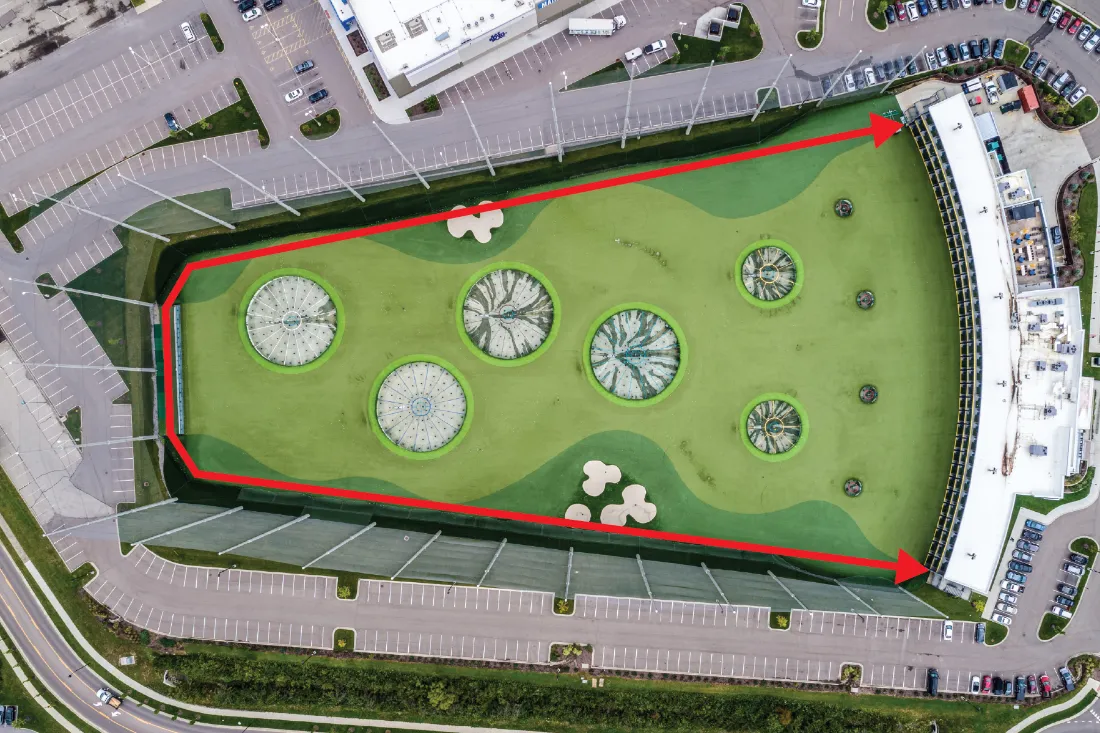
Measure the perimeter of the golf range
To know the correct size of netting you require, you need to know how much perimeter you need to cover. Measuring the perimeter includes measuring the distance from one end of the range to the other, following the path of the range itself. Measure at the preferred height of the netting or the height you need the netting to start. Once you have the perimeter measurements, you can calculate the total square footage you need to cover.
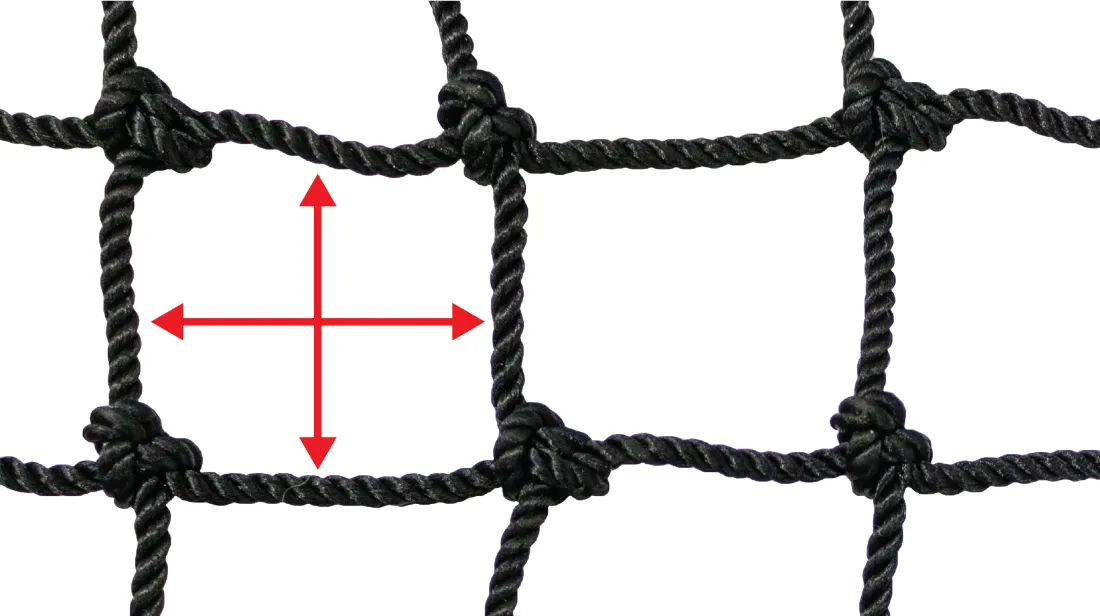
Determine the mesh size
The mesh size is the size of the squares within the netting. It determines the number of golf balls that can penetrate the netting and the amount of wind that can pass through. In selecting the mesh size, you must consider the trajectory of the golf ball and the velocity of the wind in the area. The mesh size that is commonly recommended is either a 3⁄4-inch square or a 1-inch square. Keep in mind that as you increase the mesh's size, the cost decreases, but the netting may not be as effective in preventing golf balls from passing through.
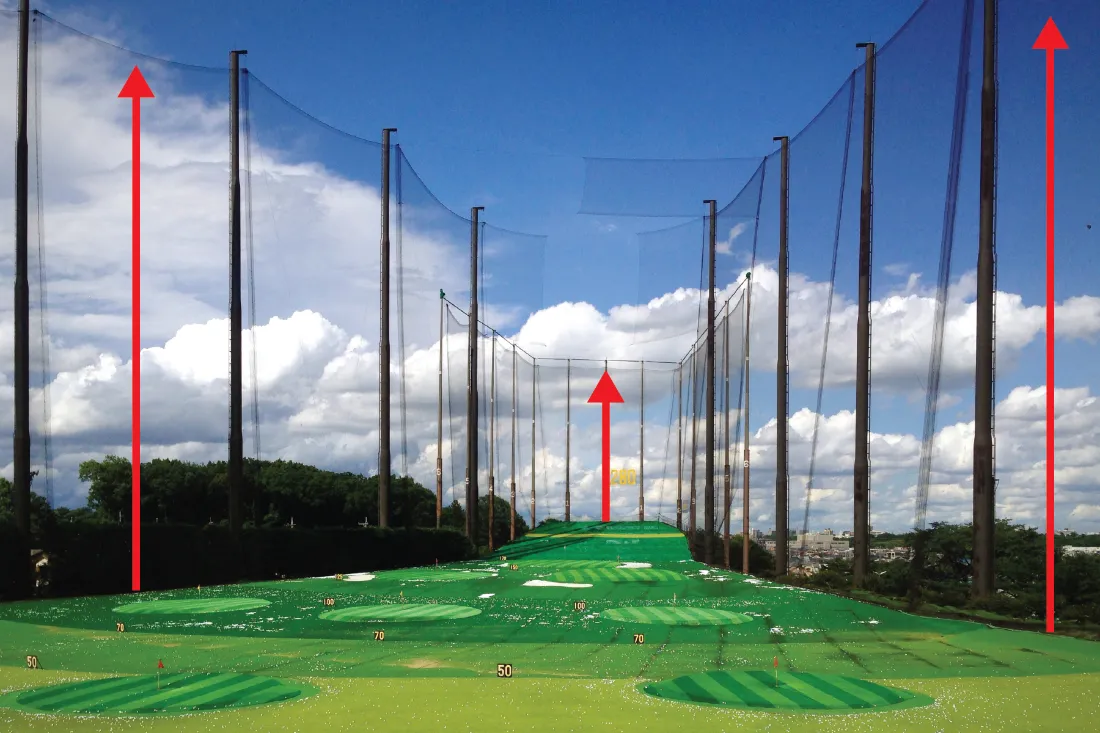
Determine the netting's height
The netting's height is the starting point measurement of how high you want the netting to be at the starting point, usually the tee area. The height will depend on the trajectory of the golf ball and how much of the golf range you want to protect. Most golf range owners recommend a height of 45 feet to 65 feet. The height may change along the range depending on the landscape.
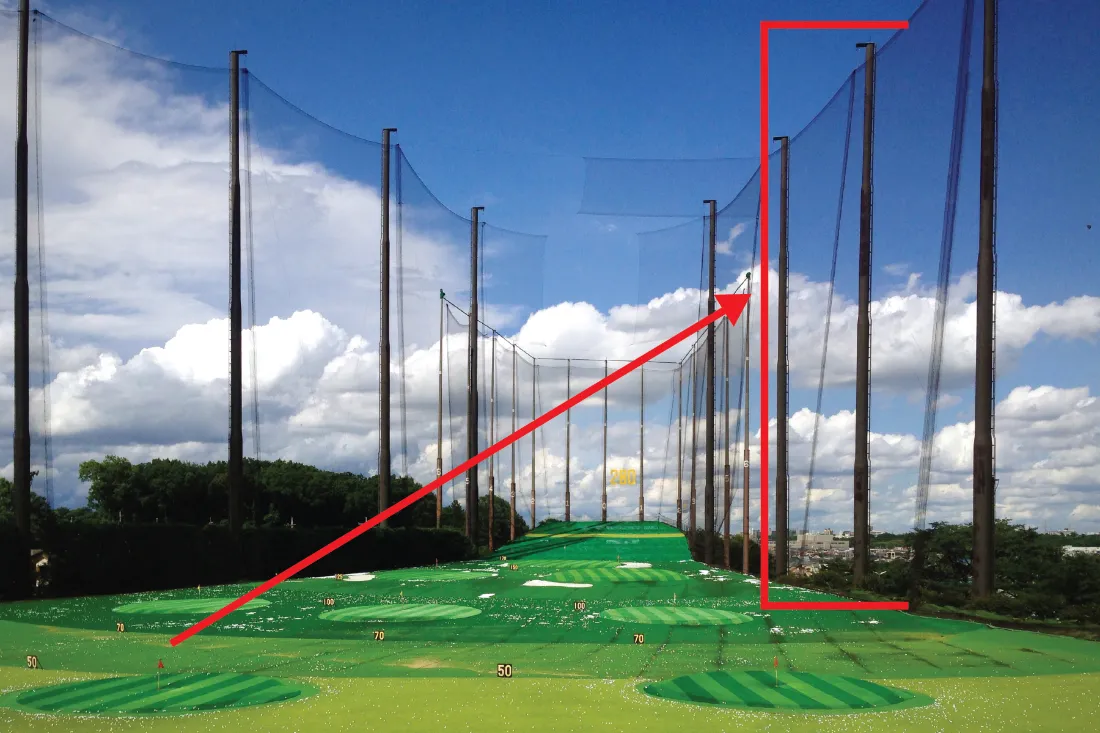
Determine the depth
The depth of the netting is crucial as it will determine how deep in the ground the netting should be planted or anchored. The depth will prevent stray golf balls from bouncing over the netting and causing damage or injury. Most golf ranges have a depth of at least 10 feet. The depth may vary depending on driving ranges and on the velocity of the wind and trajectory of the golf ball.

Calculate the total size of the netting
After obtaining the perimeter, mesh size, height, and depth, you can calculate the total size of the netting required. Multiply the perimeter by the height and the depth, then convert it to total square footage by dividing the result by 9. Keep in mind to add an extra 10% to your estimate to account for seams and overlaps, which may cause you to need to purchase additional netting.
Calculating the correct size of golf driving range netting may seem overwhelming, but once you have the right measurements, it becomes easier. Doing the calculations yourself is the best way to ensure that you are buying the correct size netting for your golf range. If you are still unsure, consult with experts in golf range netting to help you find the perfect netting solution for your golf range. Remember, protecting the golfers and properties surrounding the golf range is invaluable, and investing in good-quality netting is the best way to keep them safe.
Installing Poles and Netting for Your Golf Range
One crucial element of any good golf range is the ability to hang your golf nets. With the right setup, your customers can easily practice their swings without worrying about stray balls. Installing poles and posts can seem daunting, but with the right guidance, it's a manageable task. In this article, we'll go over some tips and tricks to help you install poles and posts to hang your golf nets, along with some tips for attaching netting securely.
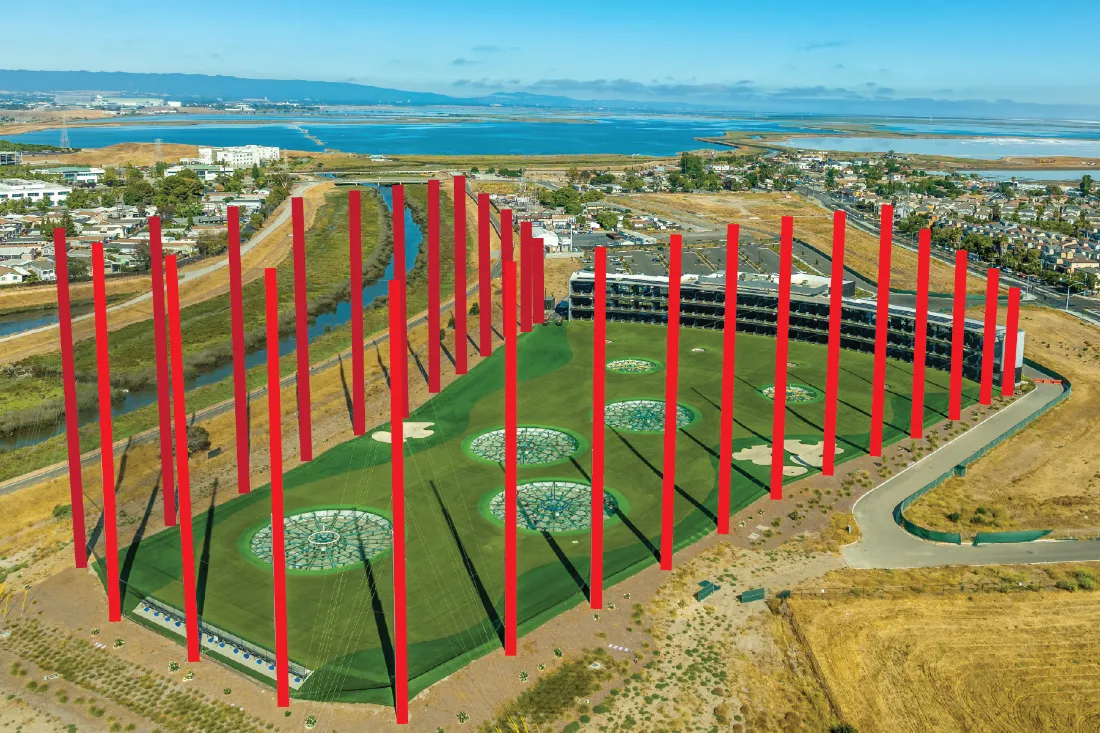
Determine Where to Install the Poles and Posts
Before you begin, determine where you want to install the barrier netting, poles and posts. Make sure you choose an area that is spacious enough to accommodate your golf net and any practice equipment you want to use. Take into account any surrounding structures or obstacles that may interfere with the installation process or cause safety concerns.
Choose the Right Material
When it comes to choosing the right material for your poles and posts, there are several options to consider. Common materials include wood, fiberglass, and aluminum or steel poles. Make sure you choose a material that is durable and can withstand the elements. Consider the weight of your net and practice equipment to ensure that the poles and posts can support them.
Install the Poles and Posts
Once you've chosen the right material and determined where to install the poles and posts, it's time to start installing them. Depending on the breaking strength of the material, you may need to dig holes or use a drill to secure the poles and posts in place. Make sure you follow the manufacturer's instructions carefully and always prioritize safety.
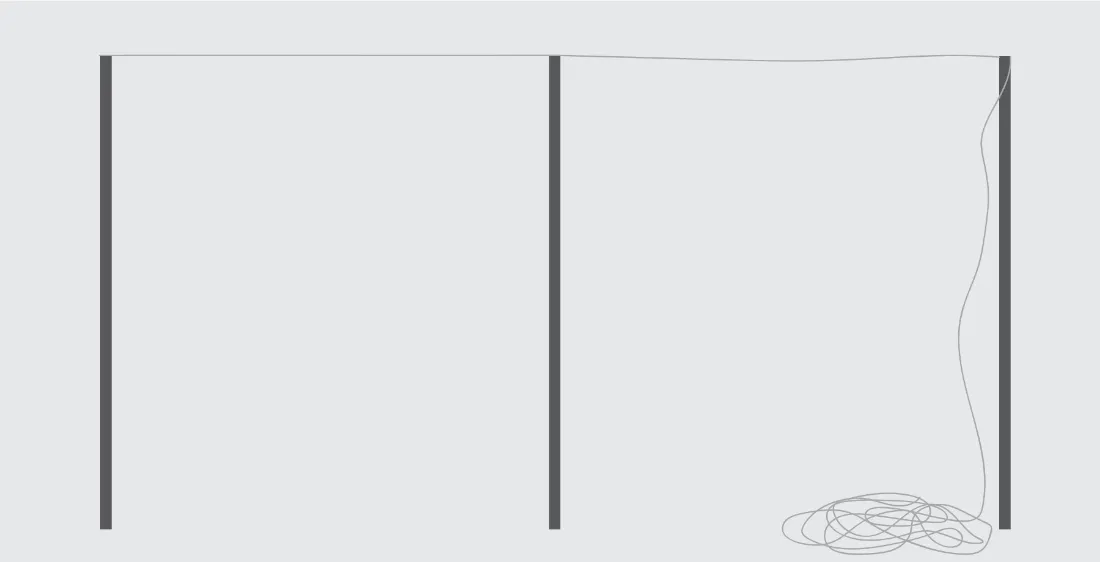
Install Your Netting
Measure the distance between each of your poles and cut your cables to the appropriate length, leaving extra length on each end to allow for adjustments. Attach one end of each cable to a pole using clamps, and then run the cable through the top of each pole, pulling it tight and attaching it to the next pole with another clamp. Once all your cables are attached, make sure they are level and properly tensioned.
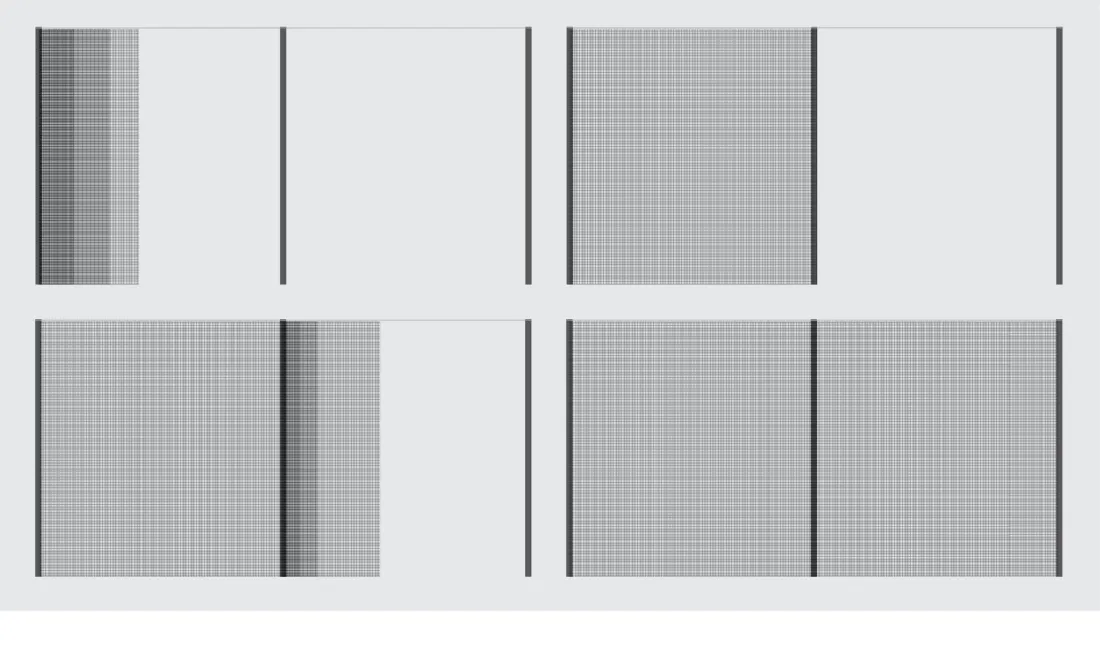
Unroll your netting and lay it out on the ground next to your poles. Starting at one end, attach the netting to the cable using snap hooks or other fasteners. As you work your way down the cable, make sure the rope or netting is properly tensioned and free from wrinkles or sagging. Continue attaching netting to each cable until it is fully installed.
Test the Setup
After you've installed the poles and posts and attached the netting, it's important to test the setup for safety and efficiency. Make sure the netting is properly tensioned and that there are no weak spots or gaps. Take the time to walk around and inspect the installation from every angle. Once you're satisfied with the setup, you're ready to start providing your patrons with a safe and enjoyable environment to practice their golf skills.
Upgrade to Long-Lasting, Ball-Resistant Driving Range Netting Now
When running a successful driving range, it's critical to ensure that your operations run smoothly and safely, day in and day out. By investing in our long-lasting, ball-resistant driving range netting, you're not only ensuring the safety of your property and the surrounding environment, but also maintaining uninterrupted service for your customers.
Buy Driving Range Netting Today





